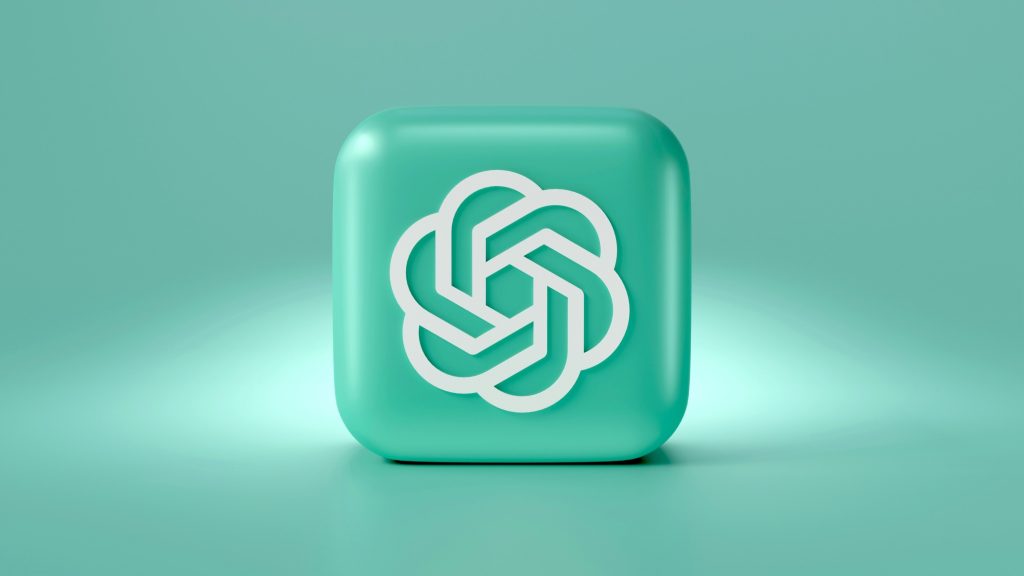1. Generating Hyper-Personalized Outreach Emails
The days of generic “Dear Candidate” emails are over. Top talent receives dozens of messages, and a boilerplate email is an instant delete. ChatGPT can help you craft highly personalized and compelling outreach messages in a fraction of the time.
How to use it: Provide ChatGPT with key information from a candidate’s LinkedIn profile, a specific project they worked on, or an article they wrote. Ask it to write a personalized outreach message that references these details and explains why they’d be a great fit for a specific role.
Prompt Example: “Write a cold outreach email to a senior software engineer. Their name is [Candidate Name] and they recently worked on a project using [Specific Technology] for [Company Name]. The role is [Your Job Title] and the company is [Your Company Name]. The email should be professional, personalized, and highlight how their experience in [Specific Technology] is a perfect match for our team’s goals.”
2. Creating SEO-Optimized and Inclusive Job Descriptions
Writing a compelling job description is a delicate art. It needs to be informative, engaging, and inclusive, all while being optimized for search engines and job board algorithms. ChatGPT can help you hit all these marks.
How to use it: Give ChatGPT a list of core responsibilities and qualifications. Ask it to expand on these points, make the language more active and engaging, and ensure the tone is gender-neutral and inclusive to attract a diverse pool of candidates. You can also ask it to suggest keywords for better search visibility.8
3. Generating Complex Boolean Search Strings
Sourcing is the foundation of recruiting, and Boolean searches are a recruiter’s best friend. But building complex strings can be time-consuming, especially for niche or technical roles. ChatGPT can create sophisticated Boolean searches in seconds.
How to use it: Describe the ideal candidate’s skills, experience level, location, and industry. Ask ChatGPT to generate a Boolean search string that can be used on LinkedIn Recruiter, Indeed, or other platforms.
Prompt Example: “Create a Boolean search string to find a product manager in the FinTech industry with experience in both B2B and B2C products. The candidates must have experience with Agile methodologies and be located in the New York City area.”
4. Summarizing Resumes and Candidate Profiles
Recruiters often have to review dozens, if not hundreds, of resumes for a single role. ChatGPT can help you quickly get to the heart of a candidate’s qualifications by summarizing their resume or profile.
How to use it: Copy and paste the text from a candidate’s resume or a LinkedIn profile into ChatGPT. Ask it to summarize the key qualifications, highlight relevant experience for a specific role, or even point out any potential red flags.
Prompt Example: “Summarize this resume for a software engineer position. Highlight their experience with [Specific Programming Language], their biggest accomplishments, and how their skills align with a role at a fast-growing tech startup.”
5. Drafting Interview Questions and Rubrics
Preparing for interviews can take up valuable time. ChatGPT can help you create a structured interview process by generating questions and even a scoring rubric.
How to use it: Provide ChatGPT with the job description and the key competencies you want to assess (e.g., problem-solving, leadership, communication). Ask it to generate a list of behavioral and situational interview questions, and suggest a simple rubric for evaluating responses.
Prompt Example: “Generate 10 behavioral interview questions for a sales manager role. Focus on assessing their ability to lead a team, handle conflict, and meet sales targets. Also, provide a simple 1-5 scoring rubric for each question.”
6. Crafting Rejection Emails and Follow-ups
Maintaining a positive candidate experience is crucial, even for those who don’t get the job. ChatGPT can help you write empathetic and professional rejection emails and follow-ups.
How to use it: Ask ChatGPT to draft a rejection email that is respectful, provides a positive experience, and encourages the candidate to apply for future roles. You can also ask for follow-up emails for candidates who are in different stages of the process.
Prompt Example: “Write a polite and empathetic rejection email for a candidate who made it to the second round of interviews. Thank them for their time and interest, and suggest they join our talent community for future opportunities.”
7. Brainstorming Sourcing Channels and Keywords
Stuck on where to find the right talent? ChatGPT can act as a brainstorming partner.
How to use it: Ask ChatGPT to suggest new sourcing channels for a specific role. You can also ask it for a list of related job titles, skills, or professional organizations that you might not have considered.
Prompt Example: “I’m looking for a [Niche Job Title] in the [Specific Industry]. What are some alternative job titles, professional forums, or niche communities where I might find these candidates?”
Read the full article here:
By automating and augmenting key parts of the recruitment process, ChatGPT allows recruiters to be more effective.

